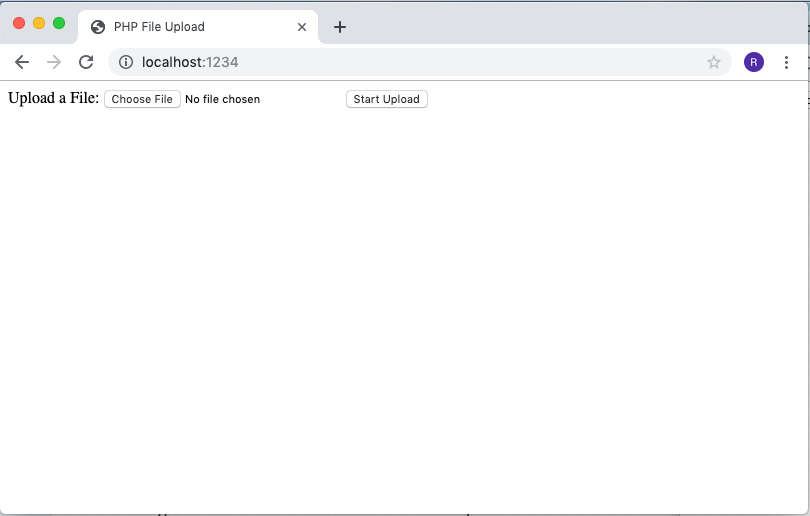

UploadedFile::getInstance() to assign an array of UploadedFile instances to UploadForm::imageFiles. You also need to change imageFiles to imageFiles so that the attribute values are submitted as an array: ]) ?> field($model, 'imageFiles')->fileInput() ?>Īnd finally in the controller action, you should call UploadedFile::getInstances() instead of In the view file, you should add the multiple option to the fileInput() call so that the file upload fieldĬan receive multiple files. , 'file', 'skipOnEmpty' => false, 'extensions' => 'png, jpg', 'maxFiles' => 4], The upload() method should also be updated to save the uploaded files one by one. The maximum number of files allowed to be uploaded simultaneously is also limited change directory permissions chmod 0777 /var/setting uploadmaxfilesize 10M and postmaxsize 10M in php.ini should allow up to 10MB.

Setting maxFiles to 0 means there is no limit on the number of files make a 'uploads' directory in the same place as you php file mkdir uploads. The maximum number of files allowed to upload.
#PHP FILE UPLOAD EXAMPLE CODE#
You can also upload multiple files at once, with some adjustments to the code listed in the previous subsections.įirst you should adjust the model class by adding the maxFiles option in the file validation rule to limit To allow users to upload a file to the server, you first need to provide a form for them. The uploaded file is valid and save the file on the server. You can use PHP to allow your users to upload a file to the server. We then rely on the model validation to make sure To represent the uploaded file as an UploadedFile instance. In the above code, when the form is submitted, the yii\web\UploadedFile::getInstance() method is called Before uploading any files using PHP either in database or in folder, you have to open php.ini file (php configuration file) and search for fileuploads and. $model->imageFile = UploadedFile::getInstance($model, 'imageFile') Now in a controller action, write the code to wire up the model and the view to implement file uploading: namespace app\ controllers Tip: since version 2.0.8, fileInput adds enctype option to the formĪutomatically when file input field is used. The fileInput() call will render a tag which will allow users to select a file to upload. It is important to remember that you add the enctype option to the form so that the file can be properly uploaded. Next, create a file input in a view: ]) ?> field($model, 'imageFile')->fileInput() ?> That can be then either saved or processed using the Imagine Extension. Implemented via yii\validators\ImageValidator which verifies if an attribute has received a valid image Tip: If you are uploading an image, you may consider using the image validator instead. The Core Validators section for more details. It’s very basic, with just a small square upload space with drag & drop support. Take a look at this design for an example of a quality mobile-friendly upload field. The file validator allows you to check file extensions, size, MIME type, etc. Mobile users may upload files to the web through these same forms, so utilizing a responsive input field is a great idea.

The upload() method will perform the validation and save the uploaded file on the server. It is associated withĪ file validation rule which uses yii\validators\FileValidator to ensure a file with extension name png or jpg In the code above, the imageFile attribute is used to keep the uploaded file instance. Using INSERT INTO query and enctypemultipart/form-data property in the form tag. , 'file', 'skipOnEmpty' => false, 'extensions' => 'png, jpg'], It is simple to upload file in PHP MySQL database with example and code.
. Select File: . You should also declare a validation rule to validate the file upload.
 0 kommentar(er)
0 kommentar(er)
